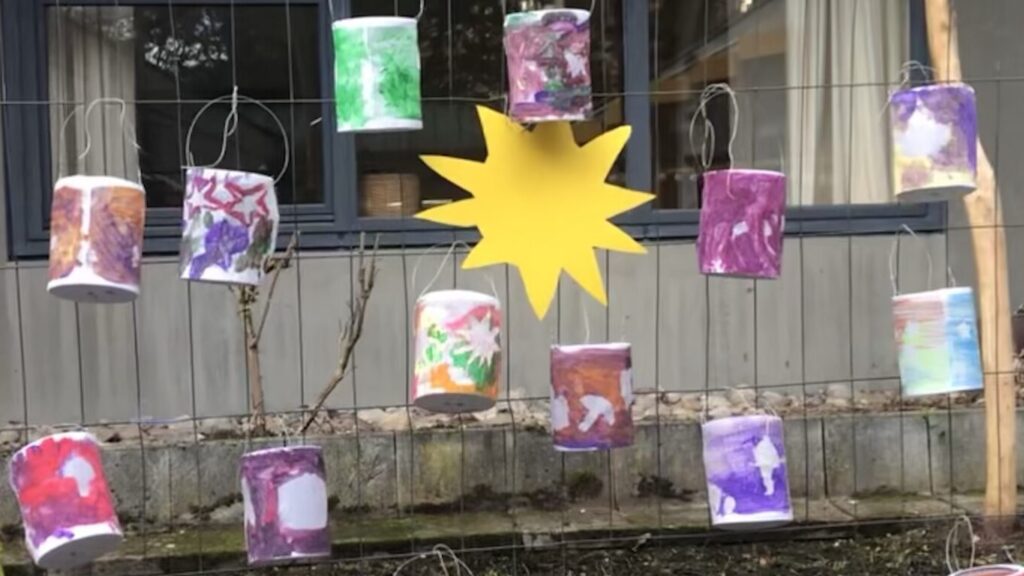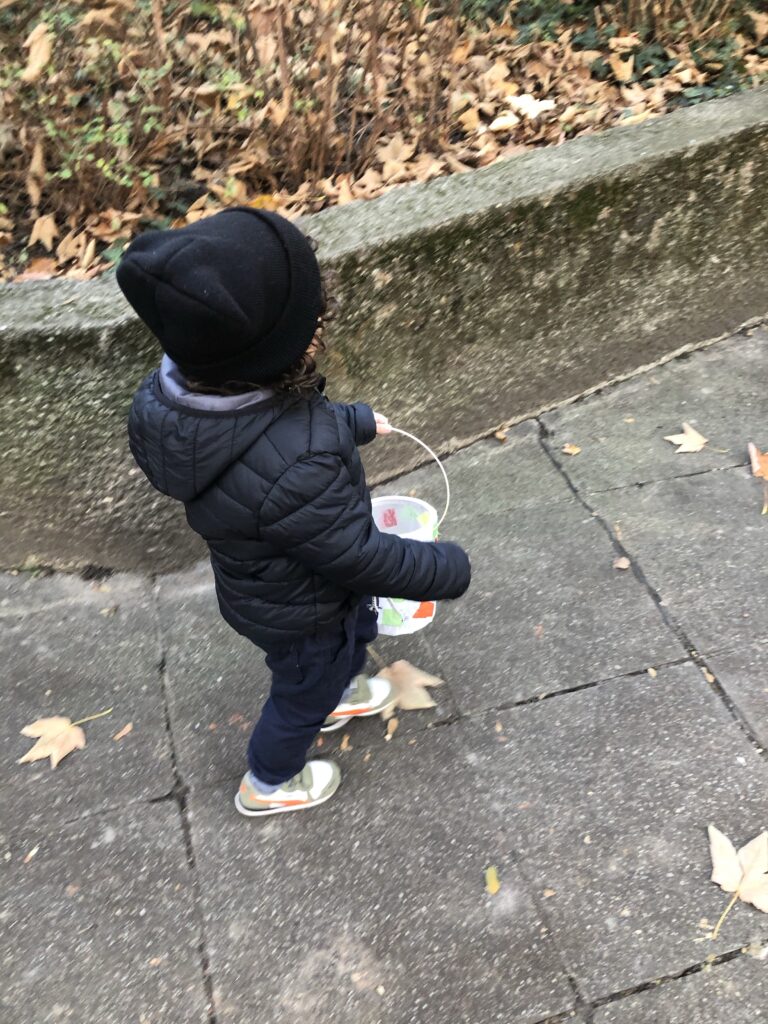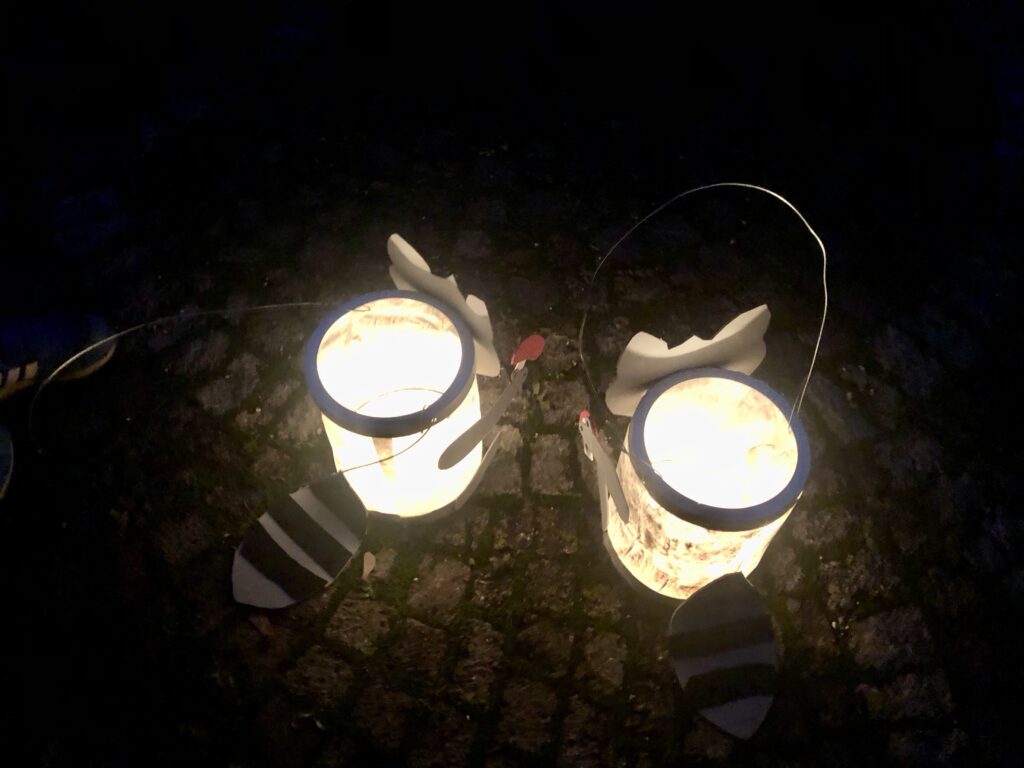St. Martins’s Day: The History and Tradition

Updated on:
St. Martins’s Day: The History and Tradition
Curious about St. Martin’s Day? It’s all about glowing lanterns, cheerful singing, and the warm feeling of togetherness. Every year on November 11th, families in Germany and across Europe gather to honor the spirit of sharing and community. In our family, this “Laternenfest” has become a cherished tradition. There’s something truly magical about watching the parade of kids walking with their lanterns. To hear their cute little voices singing traditional songs together is very special. Let’s take a quick look at the story behind this beloved tradition.
The Tale of St. Martin
The story of St. Martin’s Day dates back to the 4th century, rooted in the legend of St. Martin of Tours. As a soldier in the Roman army, Martin is most famous for a singular, compassionate act: while encountering a beggar during a snowstorm, he tore his warm cloak in half to share it with the man. That night, Martin dreamed of Jesus wearing the half-cloak, affirming his gesture of charity. This defining moment led him to embrace Christianity and eventually become a monk, and later, the Bishop of Tours. St. Martin passed away on November 8, 397, and they laid him to rest three days later on November 11. That’s why we celebrate St. Martin’s Day on the 11th of November every year.
The Traditions Unfold
In Germany, St. Martin’s Day, known as “Martinstag,” is particularly significant for children. The festivities begin with crafting colorful lanterns in schools and daycares, a symbol of the light that Martin brought into the beggar’s life. As dusk falls, towns and villages come alive with lantern parades. Children sing traditional songs such as the popular “Laterne, Laterne” while marching through the streets.
In some towns, the parades lead to a bonfire, the “Martinsfeuer,” symbolizing the light of St. Martin’s kindness. Here, the tale of Martin is reenacted, with a local figure dressed as the saint, complete with a red cloak and a sword for the ceremonial cloak-sharing.
For me personally, St. Martin’s Day in our town feels like jumping into the pages of a fairy tale. It all kicks off with a neighborhood walk that’s more like a parade, with a brass band from our community church playing songs that most know by heart. The star of the show? St. Martin himself, riding along on horseback.
As we follow the music and St. Martin leads, we walk through the streets with all the pretty glowing lanterns surrounding us, our voices singing until we loop back to our starting point. And then comes the time when we gather together to share in warm mugs of hot tea and “kinderpunsch,” and feast on a spread of homemade cakes and pastries. Our family cherishes this festive event, it’s something we look forward to every November.
Culinary Delights
No German celebration is complete without its culinary traditions. On St. Martin’s Day, the “Martinsgans” or Martin’s goose, is the star. This tradition is said to have originated from the fasting rules that Martin’s appointment as Bishop may have started. Geese, fattened for winter, were the last feast before the fast. Today, families gather to enjoy roasted goose, often accompanied by red cabbage, dumplings, or potatoes, and a warm mug of “Glühwein” (mulled wine) for the adults.
A Celebration for All
St. Martin’s Day transcends religious boundaries, embraced by communities as a time to celebrate togetherness and the joy of sharing. It reminds us of the power of small acts of kindness and the warmth they can bring to the coldest of days.
As the lanterns sway and the fires crackle, Germany’s streets become a tapestry of light, song, and joy. St. Martin’s Day is not just a historic observance; it’s a living tradition that continues to bring Germans of all ages together in a luminous celebration of generosity and light. So, if you find yourself in Germany come November, let the lanterns guide you to the heart of St. Martin’s Day. Look for a festival to attend near the town you are staying in, and you will get to experience this special tradition.


As always, I am eager to hear your thoughts or comments. If something sparks your interest or if you have any questions, please share them below. And if this piece resonated with you, please consider supporting my site through Buy Me a Coffee. Your support enables me to craft more stories to share with you all. 💕
Disclaimer: Please know that while I pour my heart into providing you with the most accurate and up-to-date information, the world has its way of changing. The details and insights shared here were accurate at the time of penning them down. However, in time, some specifics might shift. Always double-check before making any plans. Safe travels and warm wishes.